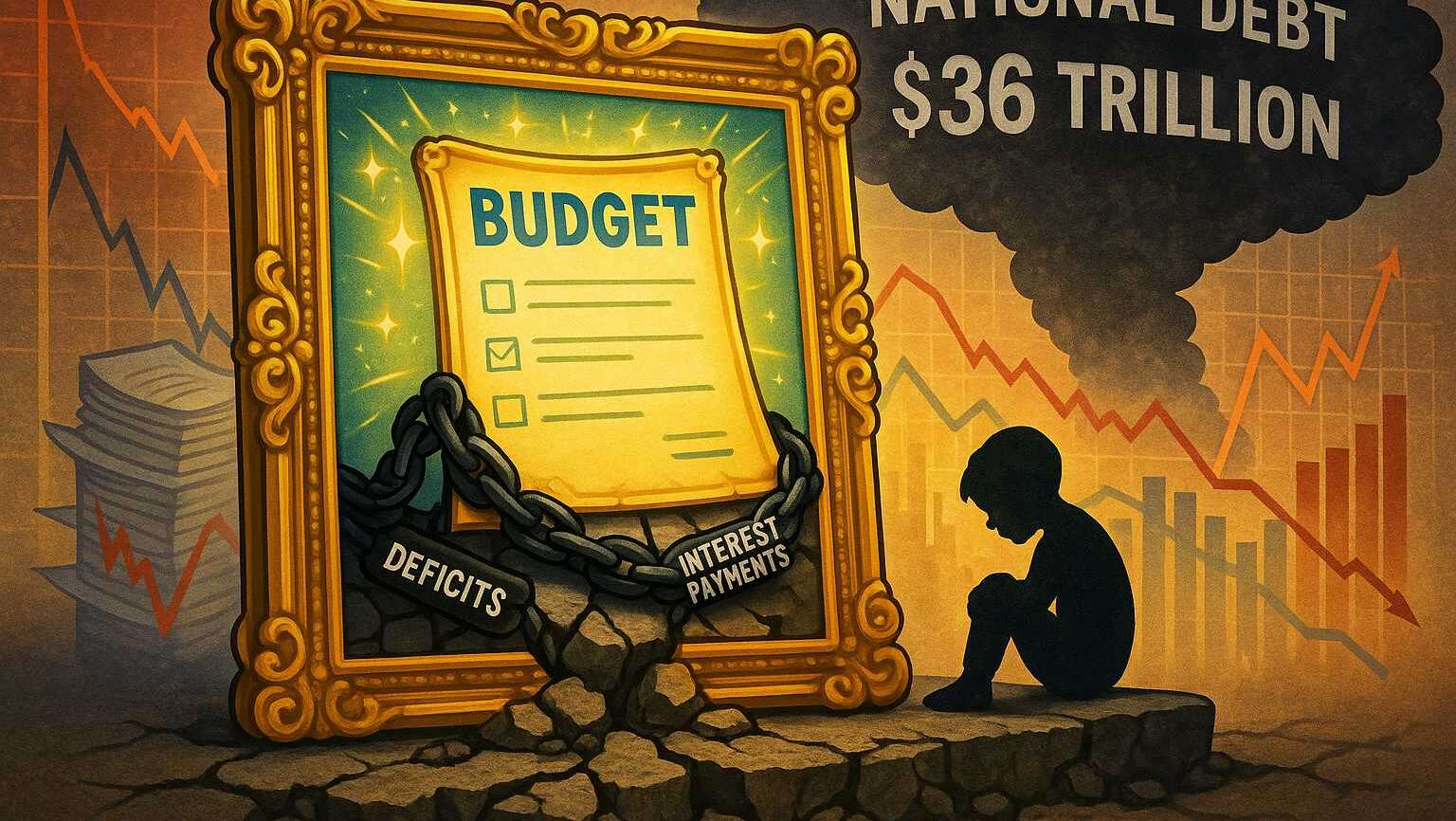America now faces an estimated 138 trillion dollars in combined national debt and long term obligations. This number is significant, not as a prediction of crisis, but as an important indicator of how the nation manages its responsibilities and commitments.
This is not a Republican issue. This is not a Democratic issue. It is a national topic that deserves attention from citizens of every background.
1. Understanding the 138 Trillion Dollar Figure
Large numbers can feel abstract. Here is what this amount represents in practical terms
- The United States owes more than the total value of goods and services produced by the economy in a year
- Interest payments continue to rise and now compete with other major areas of federal spending
- The overall debt is increasing at a pace that is quicker than economic growth
- If the trend continues, future budgets may shift more funding toward interest rather than national investments
When obligations grow faster than income, the overall structure becomes more difficult to manage over time.
2. How the Nation Reached This Level of Spending
Commitments that grew steadily
For many decades both major parties expanded programs and benefits intended to help Americans, often without long term funding plans.
Borrowing instead of adjusting budgets
Congress frequently chooses borrowing as a way to keep programs running without immediate changes.
Limited accountability for long term planning
Annual budgets are often imbalanced because reductions are unpopular and delaying costs is easier politically.
The impact feels distant
Because the federal government can issue currency, the consequences of debt feel gradual, which makes it harder for the public to see the long term effects.
This situation resembles using a credit card without regularly checking the balance.
3. Why High National Debt Can Be Concerning
If the nation continues without adjustments, potential effects include
- Higher interest costs over time
- An increased financial burden on future taxpayers
- Pressure on military and national security budgets
- Challenges for middle income households
- Continued inflation affecting purchasing power
- Reduced confidence in the stability of the United States currency
A nation that manages its spending responsibly is better positioned to plan for the future and support its people.
4. What Citizens Can Do Today
This issue will not solve itself automatically. Positive change happens when citizens are informed and engaged.
Here are meaningful steps every American can consider
Learn how the federal budget works
Understanding the basics empowers voters and reduces confusion caused by political messaging.
Ask how new proposals are funded
When leaders present new ideas, it is reasonable to ask how they will be paid for and what trade offs exist.
Support candidates who prioritize responsible budgeting
Look for leaders who value realistic planning over short term promises, regardless of political party.
Discuss the topic with family and community
Open conversations build awareness and encourage thoughtful voting decisions.
Vote with long term outcomes in mind
Short term political benefits can create long term financial pressure. Each election influences the nation’s economic future.
5. Citizens Play an Essential Role
Washington has struggled for many years to balance spending decisions. The pattern will continue unless voters encourage a more responsible approach.
For long term stability, citizens must remain engaged and supportive of leaders who focus on practical solutions and steady fiscal management.
IVMV Call to Action
At iVoteMyVote, we believe a healthy democracy relies on informed and active voters.
- Ask candidates where they stand on debt management
- Encourage detailed plans rather than simple slogans
- Share this topic with friends, family, and local communities
- Support policies that promote responsible budgeting and sustainable national strength
America benefits when its citizens stay informed and engaged. Your participation matters.



